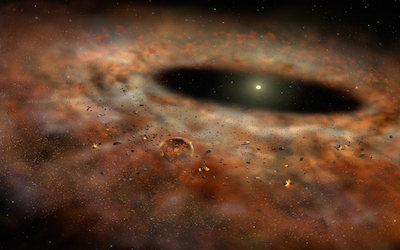PTE考生目前最大的问题之一就是练习题缺乏。除了有限的基本官方书(PLUS,Testbuilder, OG)之外,就没有题了。很多英语基础不是很扎实的同学很难找到练习材料。墨尔本文波雅思PTE培训学校专门为墨尔本,悉尼PTE考生准备了适合PTE听力阅读练习的科学60秒。各位PTE同学可以练习PTE听力中的summarise spoken text和PTE口语中的retell lecture,PTE听力口语-科学60秒-Frosty Moss练习记笔记技巧和复述。废话少说,下面开始:
It’s Hard To Dust In Space
听力内容:
60秒科学节目(SSS)是科学美国人网站的一套广播栏目,英文名称:Scientific American – 60 Second Science,节目内容以科学报道为主,节目仅一分钟的时间,主要对当今的科学技术新发展作以简明、通俗的介绍,对于科学的发展如何影响人们的生活环境、健康状况及科学技术,提供了大量简明易懂的阐释。
Dust is a major annoyance for most of us, but to scientists it can be precious. Over the summer researchers identified seven specks of dust returned to Earth by the Stardust spacecraft, which spent 12 years in space and tried to collect samples from the wake of a comet. The seven dust motes may come from interstellar space. Determining their true origin, however, has proven problematic.
Three of the microscopic grains are locked in a foam material called aerogel, from the outside covering of Stardust. Aerogel is great at catching the particles, but scientists have not yet figured out a good way to extract the grains without damaging them. For now, the grains, and the researchers, are stuck.
The other four interstellar dust candidates were found in the grid of aluminum foil that held the aerogel. When the grains hit, the foil melted and formed miniature craters. Scientists chemically analyzed two of these craters, but the findings are inconclusive.
The impactors might come from interstellar space, or they could be local. Unfortunately, the analysis destroyed those two grains. And the other two foil-embedded candidates were lost while being transported between labs.
Scientists hope to find still more microscopic particles in the Stardust collector. And they have keep NASA cleaning crews from doing any dusting.
–Clara Moskowitz





